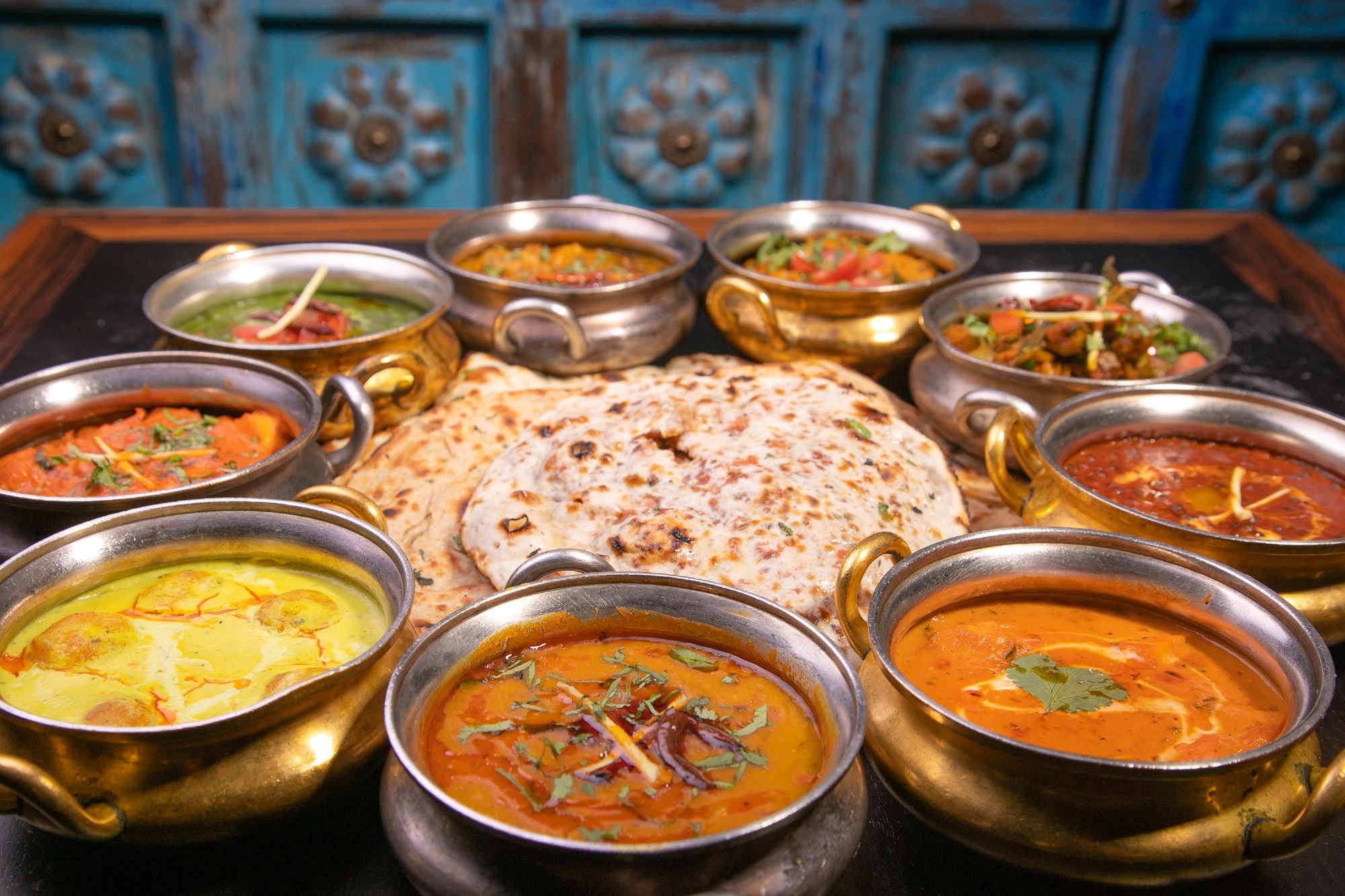Scientists have developed an open-access Indian Nutrient Databank that contains information on nutrient composition of individual food items as well as information on commonly consumed recipes.
 Development of an Indian Food Composition Database. Image Credit: Nakhshkarian Narine / Shutterstock
Development of an Indian Food Composition Database. Image Credit: Nakhshkarian Narine / Shutterstock
Background
Food composition databases are vital in diet assessment, allowing users to estimate their daily nutrient intake. This is important for monitoring any deviation in population-level or individual-level nutrient intake from the recommended intakes and dietary guidelines. Therefore, a comprehensive, context-specific food composition database is vital for advanced nutritional research and policy making.
The Indian Council of Medical Research-National Institute of Nutrition (ICMR-NIN) has estimated the nutrient composition of hundreds of raw food items and included them in the Indian Food Composition Table (IFCT), available from 2017.
The IFCT contains the nutrient values of eight micronutrients and 528 raw food items, which collectively contribute to 75% of energy, fat, and protein intakes at the population level.
In this study, scientists have developed an open-assess Indian Nutrient Databank (INDB) that includes both raw food items and standard Indian recipes.
Study design
The INDB was developed in two stages. A nutrient composition database of raw food items was first developed from the 2017 and 2004 IFCTs. Specifically, the nutrient composition of 528 and 369 raw food items were collected from the 2017 IFCT and 2004 IFCT, respectively.
The UK Food Composition Table was used in the study as a secondary source for energy values of some raw food items that were missing in IFCTs.
In the second stage of the study, a database of commonly consumed Indian recipes was developed. The database included 1,014 recipes, with information on the amounts of each ingredient used in each recipe, the total weight of the recipe, the number of servings in the recipe, and serving size.
A sensitivity analysis adjusted for cooking-mediated nutrient loss. Data obtained from The United States Department of Agriculture (USDA) Table of Nutrient Retention Factors was used for this analysis.
 The nutrient contents (energy (kcal), protein (g), fibre (g), calcium (mg), vitamin A (μg), and vitamin C (mg), not accounting for nutrient retention factors) of commonly consumed composite dishes. The dishes belong to four categories, ‘bread’, ‘main’, ‘curry’ and ‘dessert’.
The nutrient contents (energy (kcal), protein (g), fibre (g), calcium (mg), vitamin A (μg), and vitamin C (mg), not accounting for nutrient retention factors) of commonly consumed composite dishes. The dishes belong to four categories, ‘bread’, ‘main’, ‘curry’ and ‘dessert’.
Important observations
The final INDB included 1,095 raw food items and 1,014 recipes. Common composite dishes' nutrient content varied widely, as did minerals and vitamins.
The highest nutrient retention after cooking was observed for calcium and zinc, whereas cooking-mediated nutrient loss was highest for vitamin C, potassium, and phosphorus. A reduction of 5.15 mg of potassium was observed after cooking.
Overall, a significant reduction in nutrient values was observed after cooking; however, the magnitude of differences was small.
The INDB and the UK Food Composition Table showed non-systematic differences in nutrient values for comparable composite dishes. For some nutrients and composite dishes, the INDB showed higher values than the UK Food Composition Table, whereas it showed lower values for others.
These differences could be attributed to underlying differences in the nutrient composition of ingredients, differences in recipes for the same dish between the UK and India, and differences in the laboratory methodologies for estimating nutrient values.
Study significance
The study provides a unique open-assess Indian Nutrient Databank that can be used by researchers, government, and other private organizations to estimate nutrient intakes in India and to inform interventions and policies to mitigate malnutrition.
Existing literature indicates a gradual reduction in the nutrient content of foods over time. It has also been documented that the nutrient content may vary significantly depending on the place of food production.
The current study does not consider these factors, which may result in a mis-estimation of nutrient values.
The INDB does not include nutrient values of packaged food items, which the scientists consider a potential limitation of the study. They highlight the need to develop an updated INDB with nutrient values of packaged foods to accurately estimate dietary intakes in the Indian population.
Their next plan is to correct cooking-mediated loss or gain of nutrient values of Indian food items and include recipes for more regional dishes in the INDB.
All analysis codes and files are publicly and freely available on GitHub: https://github.com/lindsayjaacks/Indian-Nutrient-Databank-INDB